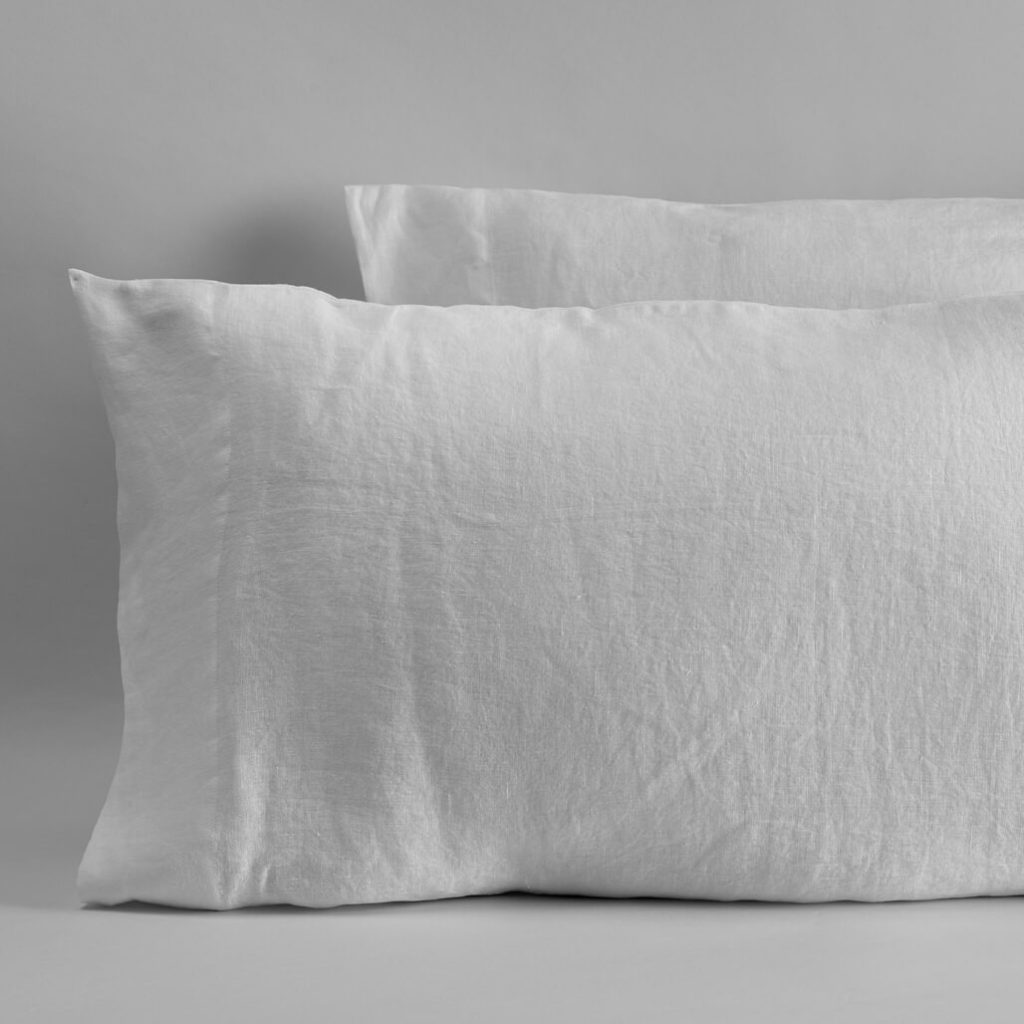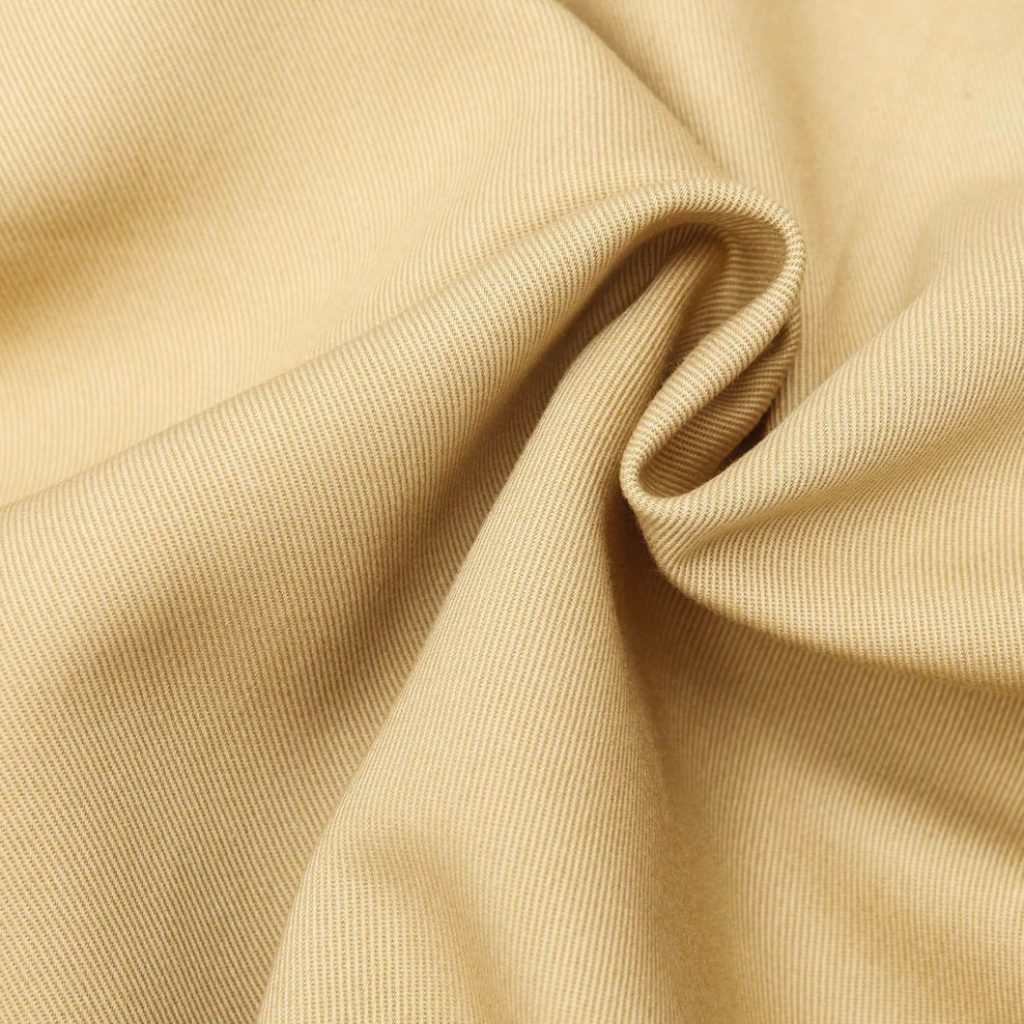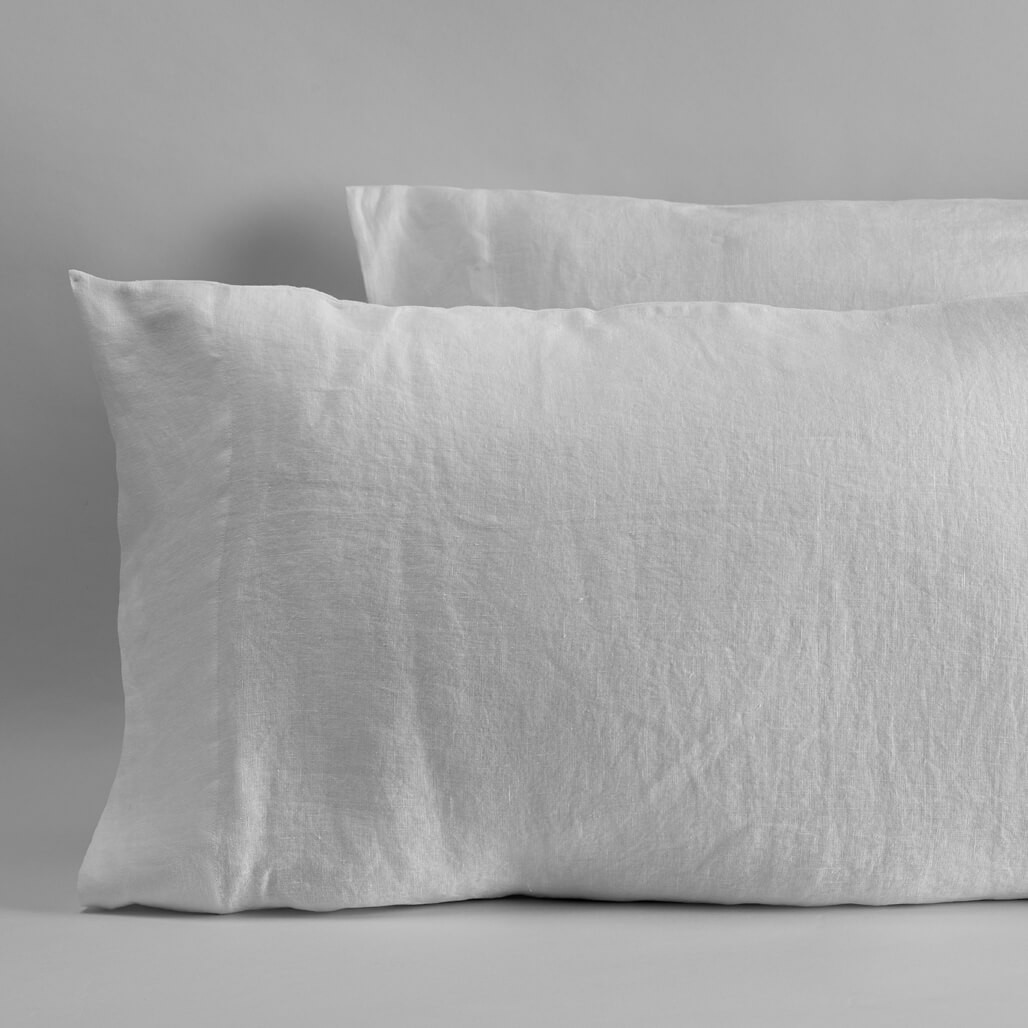Dif
Every time you walk into a home goods store and see the dazzling array of bedding, do you feel a bit overwhelmed? Actually, choosing the right bedding fabric can really take your sleep quality to the next level. Good fabric needs to be breathable and moisture-wicking, but also feel comfortable to the touch and be easy to care for. Today, let’s explore several common bedding fabrics to help you find the one that’s perfect for you.
Cotton: The Classic Choice
If we’re talking about the most popular bedding fabric, cotton definitely takes first place. Especially long-staple cottons like Egyptian cotton and Pima cotton; their longer, finer fibers create bedding that’s particularly soft and durable. I remember once buying a set of Egyptian cotton bedding – after a few washes, it actually got softer and softer. It was a genuinely pleasant surprise.
Cotton bedding also comes in different weaves. If you prefer a crisp feel, choose percale. If you want a silky touch, go for sateen. Personally, I recommend sateen; it’s truly more comfortable to sleep on, though it’s a bit more expensive.
Linen: The Top Choice for Summer
Linen bedding is especially suitable for those who tend to feel hot. Its breathability is exceptional; it feels wonderfully cool in the summer. It might feel a bit stiff at first, but with use, it becomes very soft and develops a unique, characteristic charm.

However, linen wrinkles quite easily. If you prefer a perfectly smooth, pristine look, it might not be for you. But it’s precisely these casual wrinkles that give it a natural, aesthetic appeal.
Silk: The Luxurious Experience
The feel of silk bedding is truly in a class of its own – incredibly smooth. It’s very friendly to both skin and hair, reducing friction while you sleep. Plus, it’s warm in winter and cool in summer, making it suitable for year-round use.

The catch is that it requires more careful maintenance; it needs to be hand-washed or dry-cleaned. If your budget allows and you don’t mind the extra care, it’s really worth trying.
Tencel: The Dark Horse
Tencel has become really popular in recent years. It offers the smoothness of silk but is easier to care for. Its moisture-wicking ability is even better than cotton’s, making it ideal for those who sweat easily.
What’s most reassuring is its eco-friendly特性. The raw material comes from sustainably farmed eucalyptus forests. So you get comfort *and* can feel good about making an environmentally friendly choice – a win-win.
Bamboo Fiber: The Rising Star
Bamboo fiber bedding feels exceptionally soft and has a slightly cool touch, which is very pleasant in summer. It’s naturally antibacterial, making it suitable for sensitive skin.

Bamboo grows quickly and doesn’t require pesticides, making it a very eco-friendly material. If you’re conscious about sustainability, bamboo fiber is a great option.
Flannel: A Winter Essential
When the weather turns cool, flannel bedding is a lifesaver. The brushed surface with its tiny fibers is exceptionally warm. The moment you slip under the covers is pure bliss.
When shopping, feel for the density of the nap; generally, a denser nap means better warmth. Be sure to choose cotton flannel; synthetic blends can generate static electricity easily.
Blended Fabrics: The Best of Both Worlds
Many beddings nowadays use blended fabrics, like cotton-polyester blends. This retains the breathability of cotton while adding durability and reducing wrinkling.
For people with fast-paced lives, blended fabrics are very practical – they’re often wrinkle-resistant and easy to care for, saving a lot of time.
Choosing by Season
Selecting bedding should also consider the season. Linen and bamboo fiber are most comfortable in summer; cotton is perfect for spring and autumn; and you can switch to flannel for winter.
I recommend having at least two sets of bedding in different materials to rotate according to the season. This way, you can sleep comfortably all year round.
Care Tips
Different fabrics require different care methods. Cotton is the most hassle-free – normal machine washing is fine. Silk and Tencel are best hand-washed or on a gentle machine cycle. Use mild detergent and avoid bleach.
Avoid direct sunlight when air-drying; shade drying is best. Store them in a ventilated, dry place to ensure they last longer.


